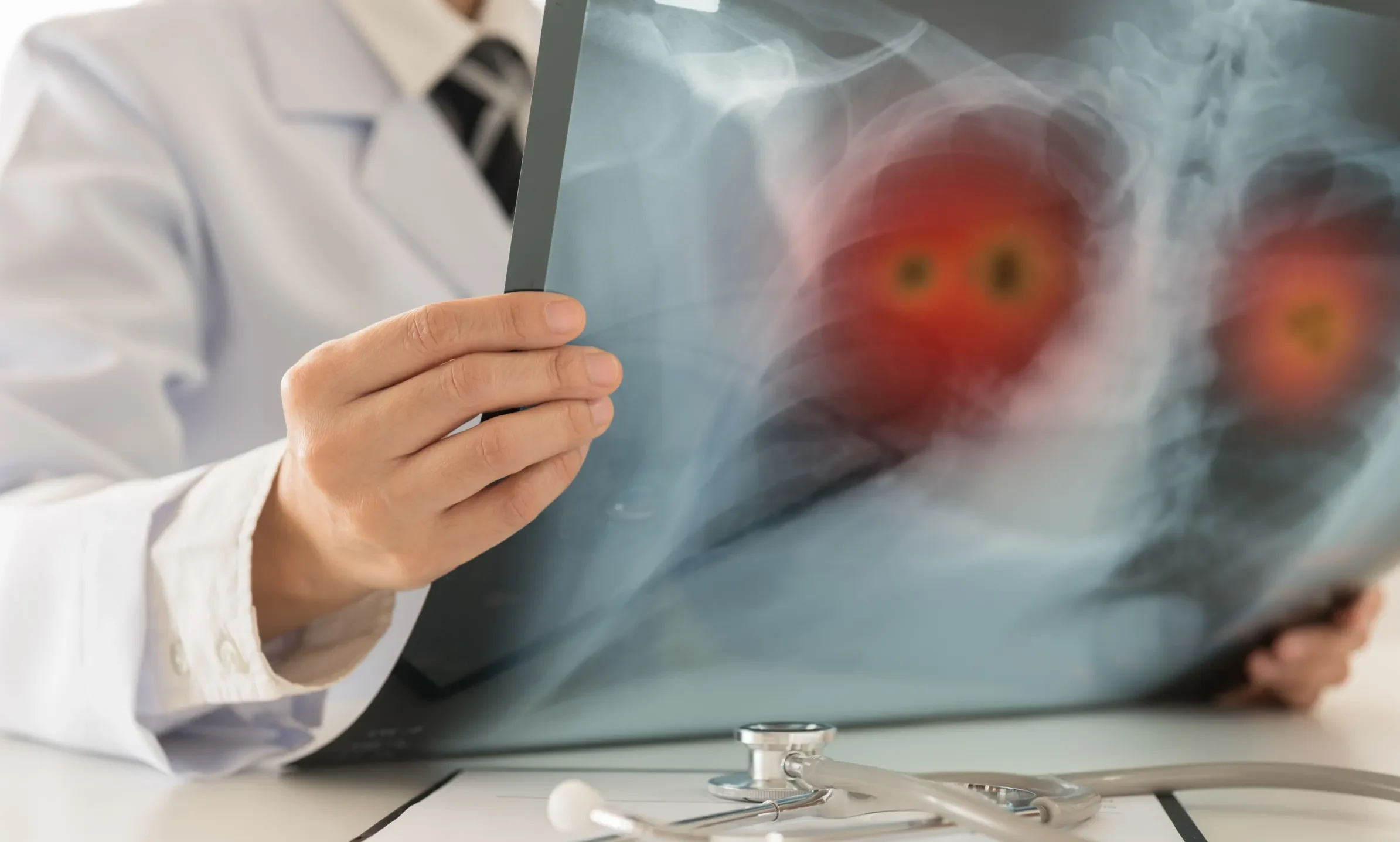Calls for Ukraine
Calls for Europe
Calls for USA

In July 2025, Australia will launch its first national cancer screening program in 20 years, focusing on the detection of lung cancer. The main goal of the program is to diagnose the disease at an early stage in high-risk patients, before clinical symptoms develop. Lung cancer ranks fifth in prevalence among cancers in Australia, but is the leading cause of cancer death. The five-year survival rate is generally less than 20%, but when diagnosed at an early stage, this figure rises to 66%, which justifies the need for early screening.
Screening is recommended for people at high risk: aged 50-70, without clinical symptoms, but with a history of smoking for at least 30 pack-years. A “pack-year” is defined as smoking one pack (20 cigarettes) per day for a year or the equivalent in another form. Both active smokers and those who have quit smoking within the last 10 years are considered.
Patients are referred by their family doctor for low-dose computed tomography (LDCT) of the chest. The procedure takes about 10–15 minutes and allows the detection of lesions in the lungs that may be inflammatory, fibrotic, or neoplastic in nature. If no pathological changes are found, the patient will receive a reminder about the next screening in 2 years. If a suspicious lesion is detected, the patient is scheduled for an additional CT scan in 3–12 months or referred to a pulmonologist. In cases of high probability of cancer, invasive tests (e.g., biopsy) are performed.
International clinical studies confirm that NDCT screening reduces mortality from malignant lung tumors among people in high-risk groups. The main complication is false-positive results, observed in 10–50% of initial examinations. Approximately 1 in 100 people may undergo unnecessary invasive procedures in the absence of a malignant process. Another risk is overdiagnosis—the detection of tumors that will not threaten the patient’s life due to slow growth or concomitant pathology. However, the benefits of early cancer detection outweigh these risks.
The project is funded by the Australian government to the tune of 264 million Australian dollars. Low-dose CT scans are free of charge, but a doctor’s consultation may incur an additional cost depending on the clinic’s terms and conditions. Healthcare professionals should actively inform high-risk patients about the possibility of screening and refer them for testing. At the same time, the main means of preventing respiratory tract tumors is to quit smoking.
Please rate the work of MedTour
